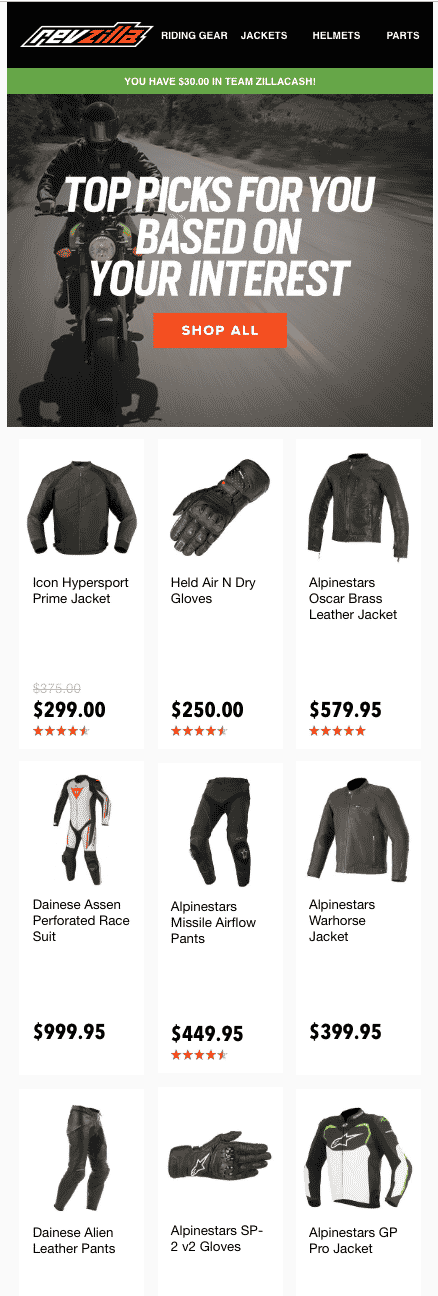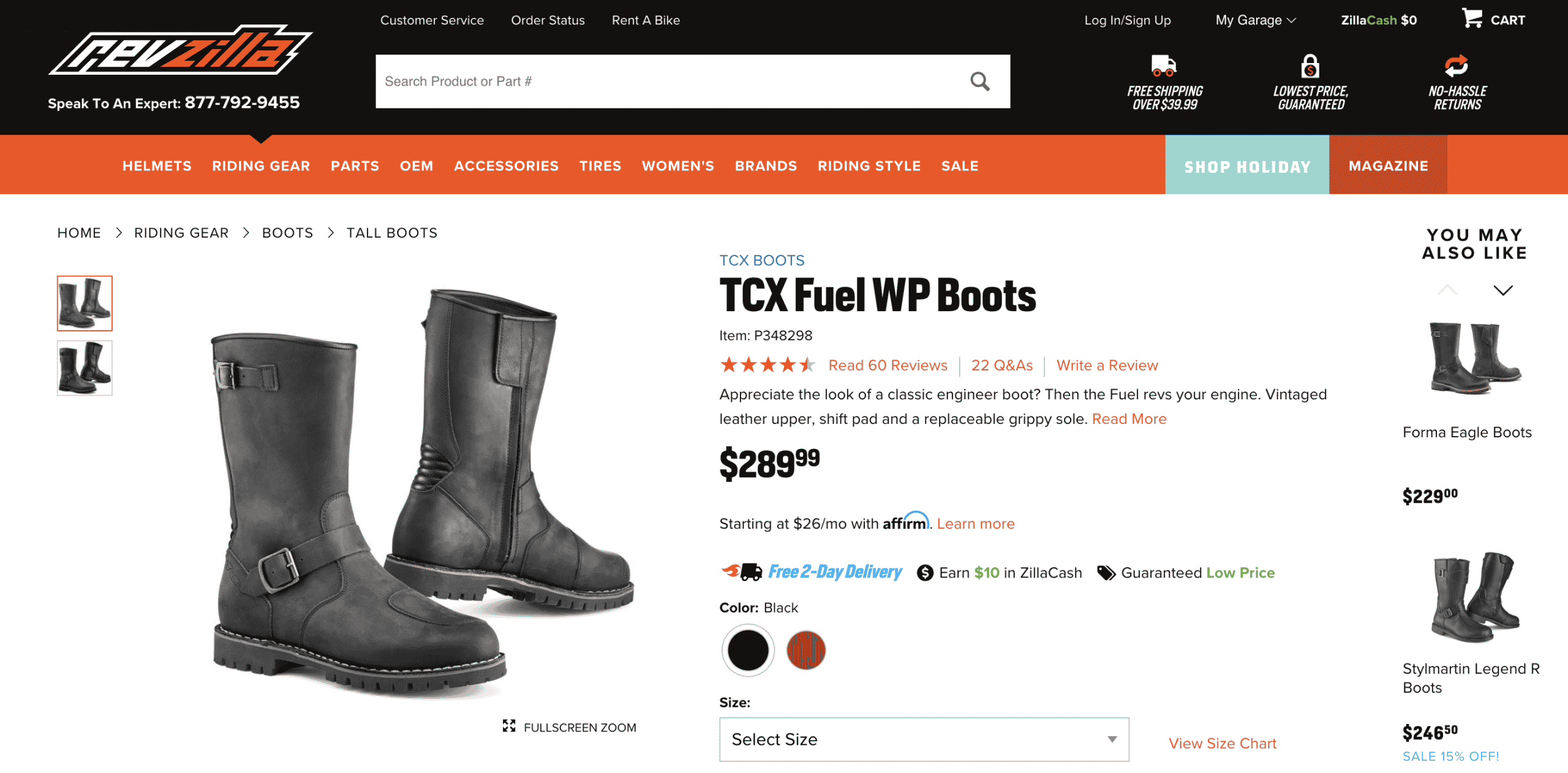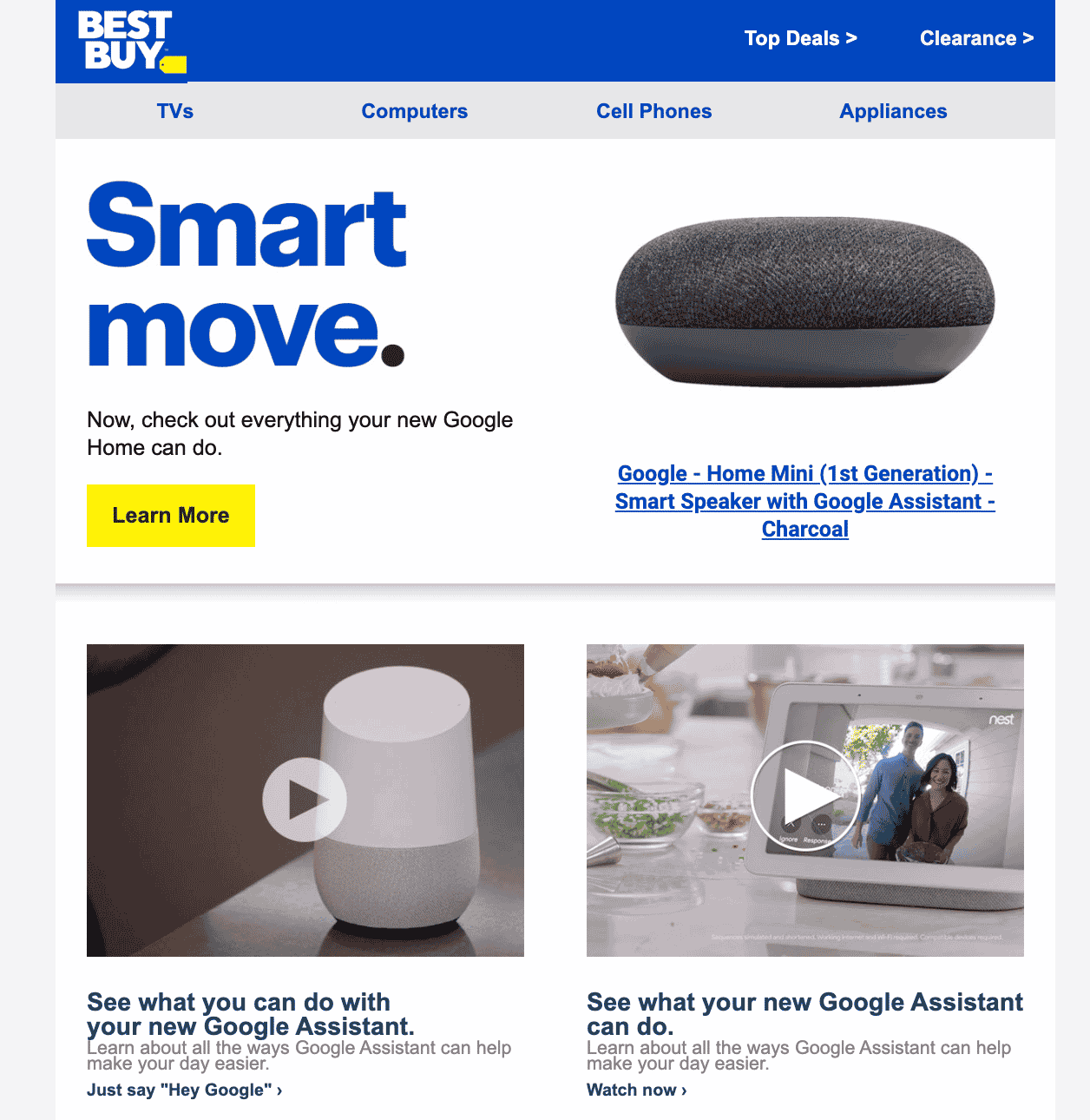Article
Making Email Personal: Q&A with Andrew Lim, Email Manager at RevZilla
April 26, 2018

This Q&A with Andrew Lim, Director of Retention Marketing at RevZilla, is part of a series highlighting the people behind the amazing retail and media brands that work with Marigold Engage by Sailthru. Click here to read our Q&As with Raise’s Kelly Hickey, Conde Nast’s Sabrina Daryanani and Thrive Market’s Lindsay McGovern.
The amount of data out there allows modern marketers to tailor their messages to be as relevant as possible. It’s a daunting task. But as Andrew Lim, Director of Retention Marketing at RevZilla, points out, your customers will gladly tell you what they want.
In this Q&A, Andrew elaborated on his email strategy and talked about why email is both underestimated and exciting, converting customers in such a niche market, and which brands impress him as a consumer.
RevZilla has such a specific product, as opposed to a more general retailer like Macy’s or Kohl’s. How do you go about converting new customers?
RevZilla product marketing is hyper-focused so we’re not showing a Harley guy all this stuff about sport bikes. If someone is a dirt bike rider with a Honda in the garage, that immediately tells us what their first two months should look like from a content perspective.

Making our marketing relevant also means letting you know we have a ton of resources that are useful to you as a rider, not just a customer. For example, if you’re looking to put a new exhaust pipe on your bike? We have videos and articles that will teach you how.
Email is the most lucrative channel, but so many marketers treat it as an afterthought. Why do you think that is?
I think a lot of brands undervalue email because they’re not really able to measure the explicit value. That’s because they treat email like a speakerphone, where they broadcast a message and hope for the best. Email isn’t as connected as other business components so there’s too much disparate data that doesn’t tie back to what the customer is doing once they get to the site.
How do you use purchase history in order to personalize emails?
If we know someone is a dirt bike rider or a Harley rider or an adventure touring rider, that’s because they’ve raised their hand and told us via their account preferences. When people tell us the type of rider they are, that’s a huge indicator of how they want to be marketed to. Which products they enjoy and how they use their bike informs what we show them. Which brands you’ve purchased in the past and your riding style are our top measurements. We also use the Sailthru Purchase API so that the collaborative filtering algorithm delivers the most relevant recommendations possible. [Editor’s note: We swear we didn’t prompt him to say that.]

Which brands’ email marketing impresses you the most as a consumer? Besides RevZilla, of course.
I’m really impressed with Best Buy’s email automation and order follow-up series. There was an email for each of my local store interactions (ready for pickup, order pickup confirmation). The post-purchase campaigns were also really helpful and relevant, with spot-on product recommendations. The email communications totally aligned with my in-store experience. The flow of messages also transitioned really nicely into making me a regular opener of their product marketing emails.

What’s the most surprising insight that’s inspired a change in your strategy?
Clicks are a really valuable indicator of interest, but they’re not the easiest thing to scale. It’s hard to go into every individual campaign and pull people that, say, clicked on women’s gear, as opposed to men’s. If someone clicks a certain brand, we try to extrapolate like, “Oh, this means they are not allergic to this price point or they might like those other brands.” When we target people based on things they’ve clicked, even though it’s difficult to put together, the results are exponentially higher than most of our other targeting methods.
What excites you most about the future of email?
You go to Facebook to see your friends’ pictures, not to be marketed to. But email is where consumers expect to be marketed to; they want to hear from the brands they care about. At the same time, while I think of email as a marketing channel, the customer doesn’t. They think about how they were looking at cookware on Amazon and then 24 hours later, there’s a super relevant email about what other people who were browsing that product bought. You think, “Oh yeah, I actually do need some of that stuff.” The goal is to make it not even feel like marketing.
Email is a user-led channel. Everything the customer does should be reflected in your messages. What’s exciting to me is that we’re now able to use data to mimic the journey and make sure every customer’s experience is tailor-made.
The State of Brand Loyalty in the U.S. in 2023
Related



